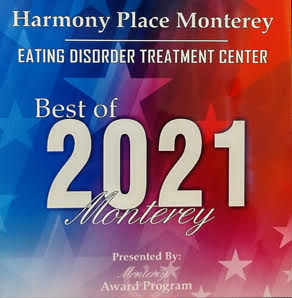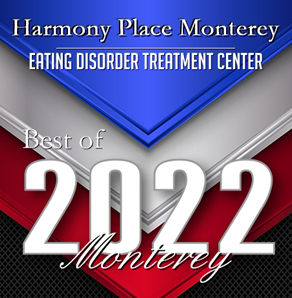Whenever an individual experiences attachment problem, from early deprivations in parenting or painful relational experiences all the way to traumatic events, they may find themselves avoiding or sabotaging romantic relationships.
Humans have a natural instinct to bond, to find a mate or companion, but at the same time, can also fear the bonding itself. There may be an actual fear of getting close, being abandoned, or a deeply held fear of getting either rejected or engulfed. Some of us can feel a sense of being chased and then let down. We might experience aloneness when together with another person, feeling an absence of a deep sense of connection, even though we may be side-by- side. Conversation can be lacking, and sexual intimacy disconnected. The partner can feel disconnected and unloved. Often, they place a lot of energy in trying to elicit a deeper relationship and feel utterly frustrated.

Photo by Daniel Posthuma
Healing Attachment — Enhancing Intimacy
A great deal can be done to repair intimacy and create what is called, “secure attachment.” At Harmony Place Monterey, we specialize in facilitating intimacy development and have lectured on this topic to thousands of professionals worldwide. We are equally experienced in working with couples, as well as are experts in working with individuals who are in-between relationships, but who like to embark on something more fulfilling the next time around.
Intervention includes:
- Developing a cohesive narrative
- Identifying developmental dissociation and regression
- with therapist
- Therapeutic community
- Schema therapy
- Trauma resolution
- Family of origin reconstruction
- Internal integration and self-development
- Metacognition work
- Idealized parent work
- Codependency work
- Identifying fears of intimacy
- Recognizing enmeshment and anxiety-generalized bonding
- Recognizing care, relational conflict, and repairers
ransitional Living Housing
Dealing with a behavioral disorder, intimacy problem or addiction can take significant time and attention. In addition to our intensive outpatient therapy and partial hospitalization programs, which allow our clients to delve deep into the issues that led to the visible symptoms, we offer the option of living in our beautiful housing while you undergo your treatment. In addition to providing the structure many clients need as they work through the challenges associated with these conditions, you will be surrounded by others with a like-minded goal – to move past the deep-seeded issues and toward a life of health, sobriety and fulfillment.
Our transitional living model is unique within the mental health treatment community. We offer the best aspects of residential treatment – intensive therapy and communal living – with the freedom to maintain a job, school and family obligations even while you are involved in your treatment program. This structure allows you to transition back into your daily life at a gradual pace with the benefits of ongoing support from others in your situation as well as a team of professionals to expertly guide you through the process.

Photo by Daniel Posthuma

Photo by Daniel Watson
Serene and Inviting
Our transitional living home exudes tranquility and beauty, from the scenic backdrop of the ocean to comfortable furnishings and restful décor. You will be provided with supervision, structure, guidance and encouragement as you work through the complexities of your individualized treatment. The transitional approach can be effective both for those that have completed residential treatment and still require ongoing support as they move back to their daily obligations. It is also a positive option for those that need a high level of care but do not want to do a residential treatment program due to cost or schedule.
Pristine Location
Our transitional living home is located on the breathtaking California coastline where you can take full advantage of water sports, hiking trails and spectacular scenery. We are in the heart of Monterey, which is home to pristine beaches and majestic cliffs, as well as favorite tourist sites like Cannery Row and the Monterey Bay Aquarium. Our scenic location and unique treatment programs attract people from across the country to take part in the therapy options at Harmony Place Monterey.
Benefits of Transitional Living Housing
There are a variety of reasons why we encourage our clients to take advantage of our transitional living home whenever possible. First, many clients benefit tremendously by having the ability to focus entirely on their therapy with fewer distractions from the outside world. Our welcoming community allows you to transition smoothly back into your daily routine while receiving the guidance necessary to make the transition as successful as possible. The peer relationships you develop can also follow you long after your treatment is completed, providing ongoing support and lowering your risk for relapse.
Unlike larger facilities, we only treat 10 to 15 patients at a time to ensure you receive the individual attention and care you need. We take the necessary time to get to know you and your background, so we can identify and treat any underlying conditions and issues that might be contributing to your intimacy disorder or drug and alcohol addiction. Our occupational therapist works with clients in the evening to help them learn more effective ways of interacting with others and improving their skills with finding jobs and keeping their commitments. For clients presenting with eating disorders our dietitian is able to layout structured meal plans and clients give each other support around meals. The addition of our transitional living housing expands that support and attention, so you are fully equipped to navigate life outside of treatment. To learn more about our transitional living home or our treatment programs, contact Harmony Place Monterey today at 831 747 1727.





